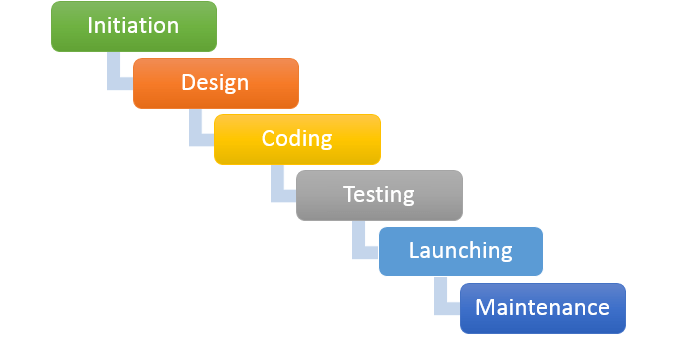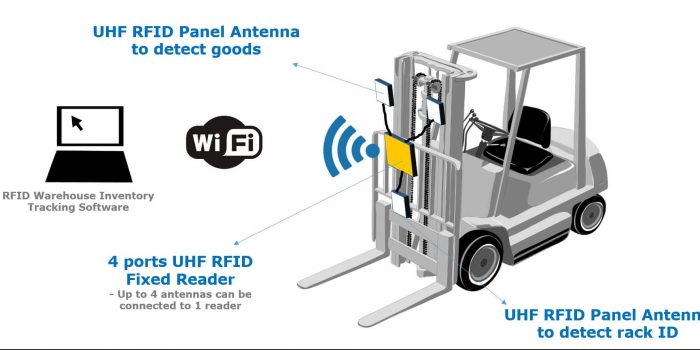

Mobile 3.0 is here.
We are already in the Web 3.0 era, and Mobile is the keyword for it. The third generation of mobile services takes a new approach leveraging data, user behavior, location or context. Mobile has become the primary tool for engagement and transaction in the consumers’ digital lives.
Shopping apps now allow users to buy products online, with just a few clicks, while providing brand user experience through call-to-action notifications. Basically, the competition landscape in the global mobile markets is more intense and always changing.
Besides, with Mobile 3.0, the user opens the door to a higher level of innovation in advertising and promotion. There are some distinct elements that define this area: real-time, sensors, tailored and smaller screens, high quality camera and audio.
Smartphones and the Internet of Things are interconnected.
As more and more devices are connected to the Internet of Things, we should also take a closer look at the IoT devices that are somehow underestimated – smartphones. Our intelligent phones dominate many aspects of our lives and in the past decade, they became our primary way of communication, from voice to messaging to email. Since a smartphone is equipped with up to 10 sensors, it produces a huge amount of data, and can be used in IoT setup, from Personal IoT to Group IoT, Community IoT or Industrial IoT.
Phablets are the next big thing.
No, it’s not a misspelled word. A phablet is a smartphone with an intermediate screen size between a typical smartphone and a tablet. It seems like the phablets are the future of smartphones, since phablets usage has more than tripled over the past two years, growing from 5% to 20% of active devices.
Big data is integrating to all mobile devices.
Big data is an integral part of every sector of the economy and every company is using the collected data to empower applications, improve user experiences, and targeting information and offers for every buyer.
Wearable breakthrough.
Wearable computing is also becoming a popular consumer technology. Fitness and health continue to be the primary focus for wearable tech, and we can now easily buy a wrist-worn device that tracks steps, monitors sleep and measures heart rate. Still, we noticed from CES 2015 that many wearable companies were showcasing efforts to make wearable devices look like something people would actually want to wear.
These are the main mobile trends that most companies should take into consideration when planning developing strategies. Companies need to rethink their place on the market and should not allow timelines, budgets and resources to stay in the way.
If you consider yourself an innovator, evaluate your best solution, whether it’s responsive web, native, hybrid or cross-platform tools. Let us know what you think and feel free to share your opinion in the comments.
Photo source: http://www.ftw.at/news/ftw-event-trends-in-mobile-service-research/Imagebild%20Einladung.jpg/image_preview





